To use the Gnuplot (On linux Ubuntu 16.04) command directly by specifying arguments without using the its prompt, I enter this for example :
gnuplot -e "filename='DataFile.txt'" SettingsFile
Where SettingsFile looks like this :
plot filename with lines
set title "Total Packets consumption"
set xlabel "Time"
set ylabel "Packets"
set datafile separator ","
pause -1
And the DataFile.txt looks like this :
Packets, Time(in seconds) :
13392,120
24607,240
23867,360
21764,480
20727,600
20004,720
19719,840
19758,960
19728,1080
20168,1200
19737,1320
19729,1440
20135,1560
20006,1680
21301,1800
19923,1920
20002,2040
19761,2160
20918,2280
22756,2400
22820,2520
23370,2640
22987,2760
22956,2880
24427,3000
23527,3120
24009,3240
23832,3360
23464,3480
23652,3600
11212,3654
First question :
Is there a way to set into that SettingsFile a png OutputFile ? So I can enter it as an argument to the Gnuplot command just as I did with the DataFile. (I want to use it this way, because I want to invoke it from an external code)
I want to achieve something like this :
gnuplot -e "filename='DataFile.txt'" SettingsFile OutputFile.png
Second question :
The screen output that I get from Gnuplot shows the xtics differently than expected :
Notice also that the axis titles are not shown !
Now if I try to resize the window I get this :
The graph gets bizarrely flipped, with the titles set and the tics being updated as desired.
How should I fix these two problems, first mentioning an output file in the SettingsFile, and second the xtics not being showed properly and third this strange behavior in the screen output ?

